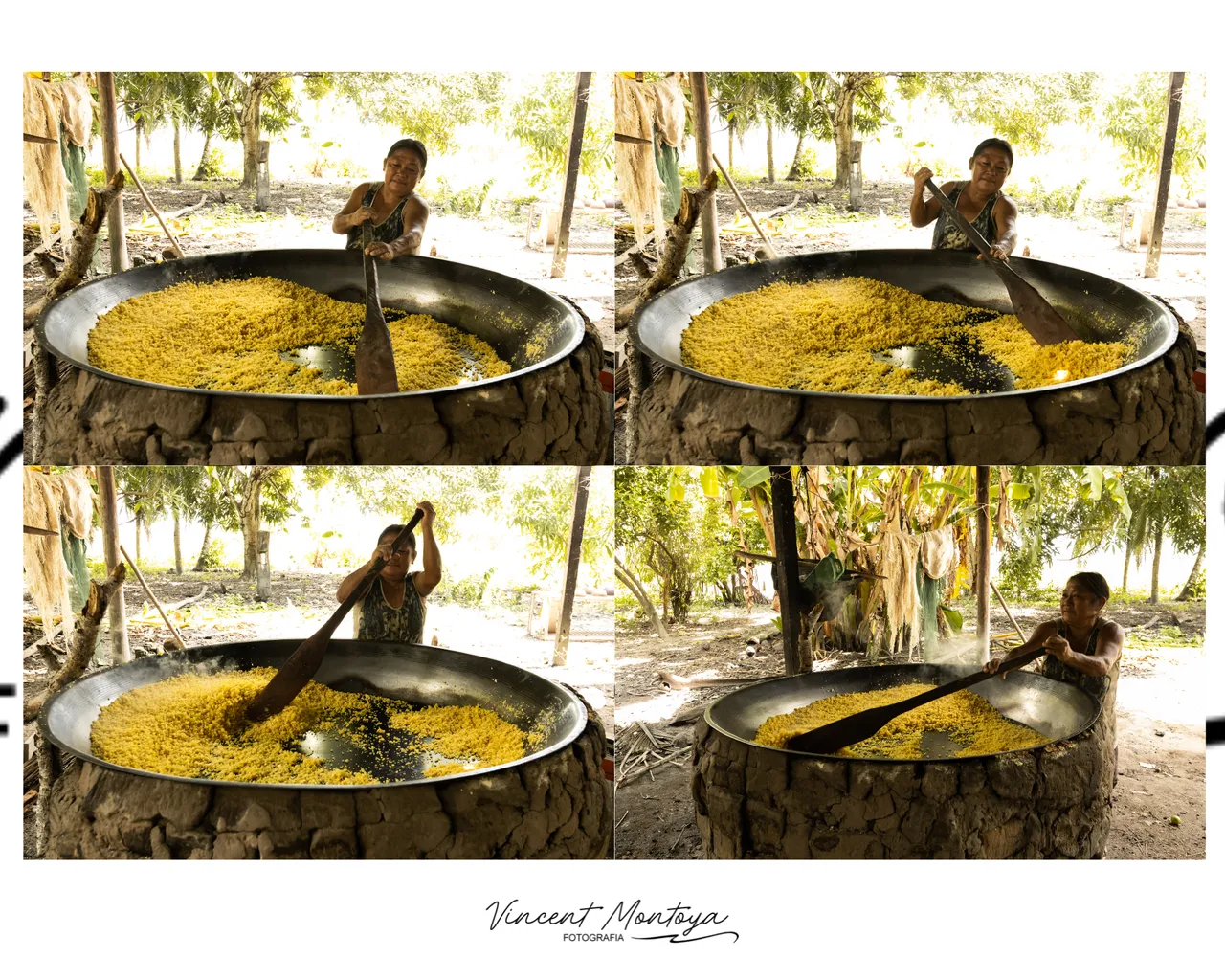I don't know if many know but this year was the year of elections in Brazil, not only presidential, but also other political positions.
No se si muchos saben pero este año fue año de elecciones en Brasil, no sólo presidenciales, si no también otros cargos políticos.
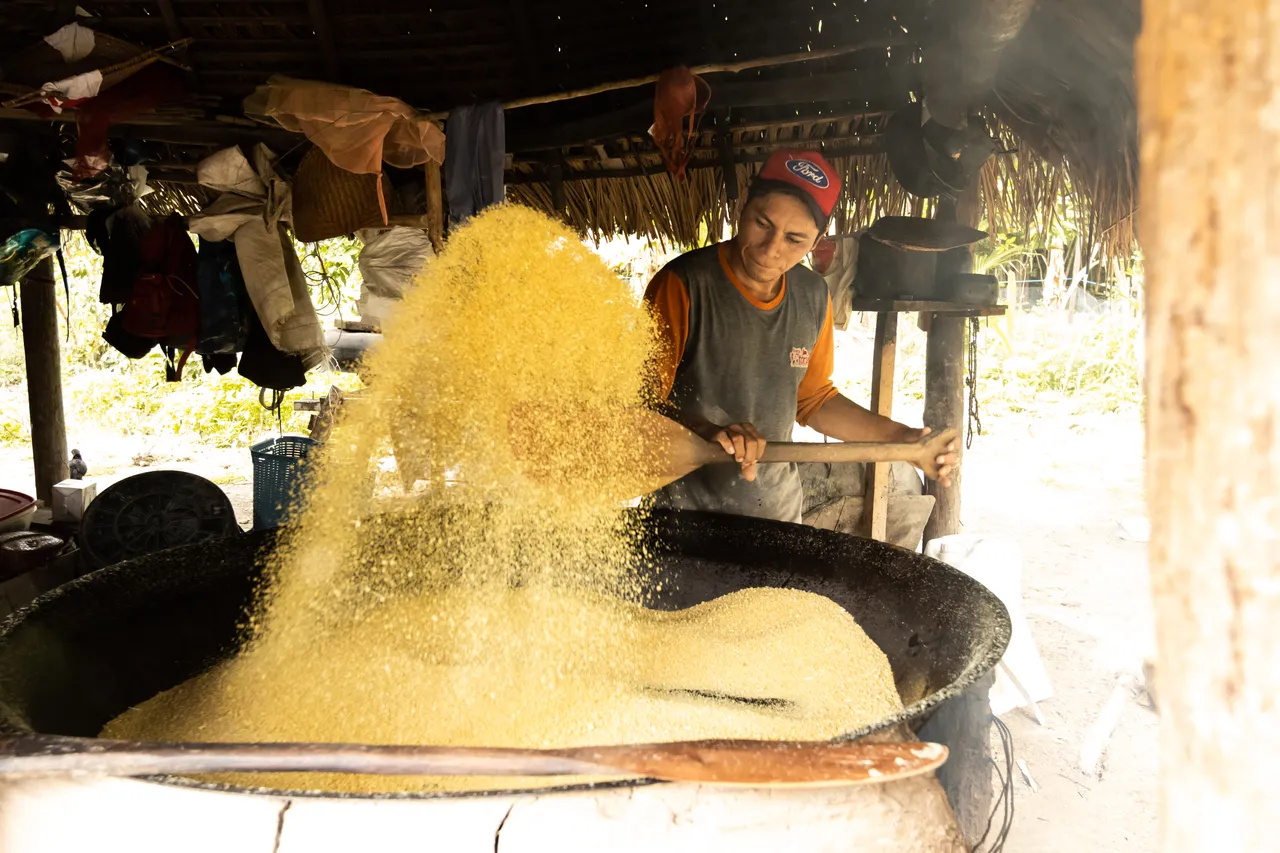
Thanks to that, I had the opportunity to work photographing a candidate, (I admit that it was not my favorite job, but I can say that I had the opportunity to live a wonderful experience) because through this, I was able to visit places that I would hardly day I would get to know.
Gracias a eso tuve la oportunidad de trabajar fotografiando a un candidato, (admito que no fue mi trabajo favorito pero sí puedo decir que tuve la oportunidad de vivir una experiencia maravillosa) porque a través de esto, pude recorrer lugares que difícilmente en el dia a dia llegaria a conocer.
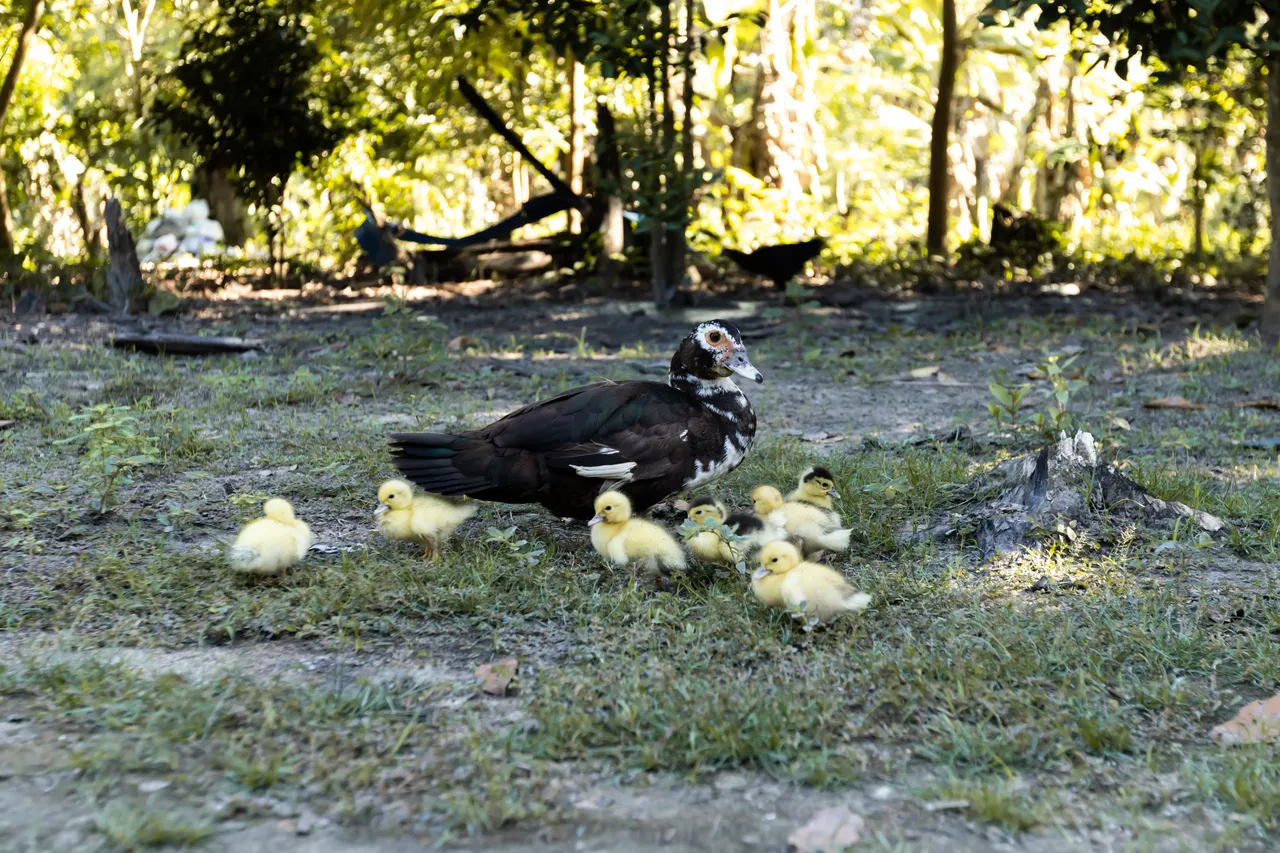
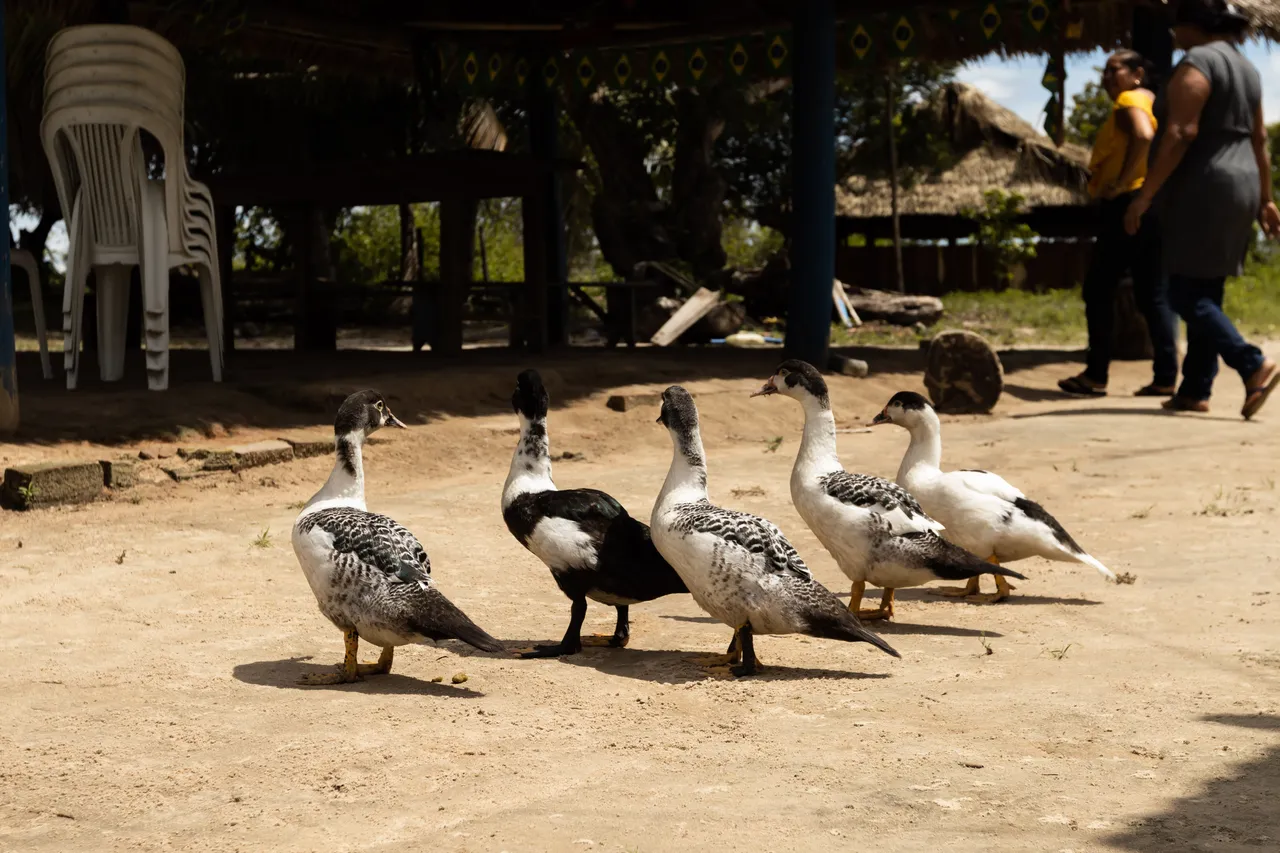
I learned a little more about the culture here, the place where I live Boa Vista, Roraima, that's why I decided today to share these photos with you, I hope you like them and leave me a comment about what else you would like to see.
Aprendí un poco más sobre la cultura de aquí, el lugar donde vivo Boa Vista, Roraima, por eso decidí hoy compartir estas fotos con ustedes, espero les guste y me dejen un comentario sobre que mas les gustaría ver.
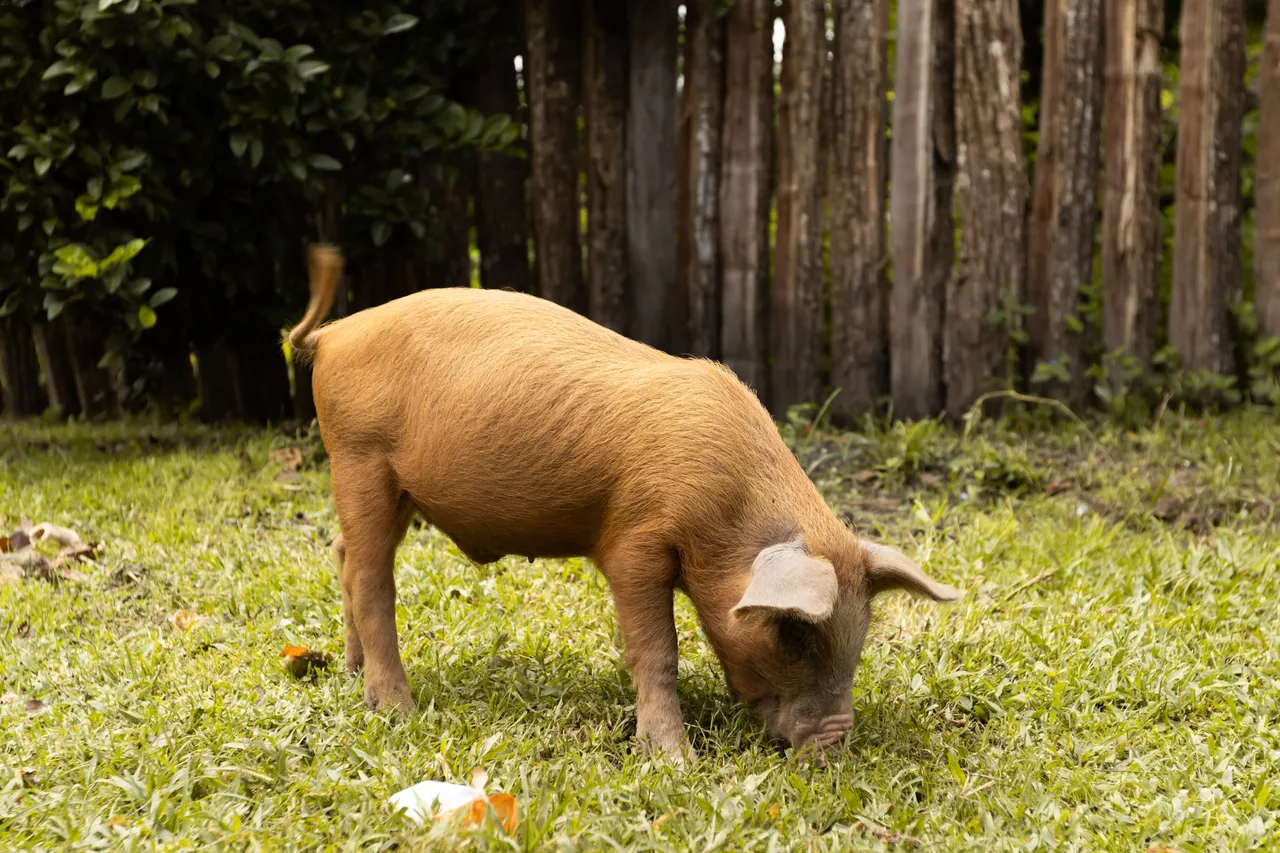
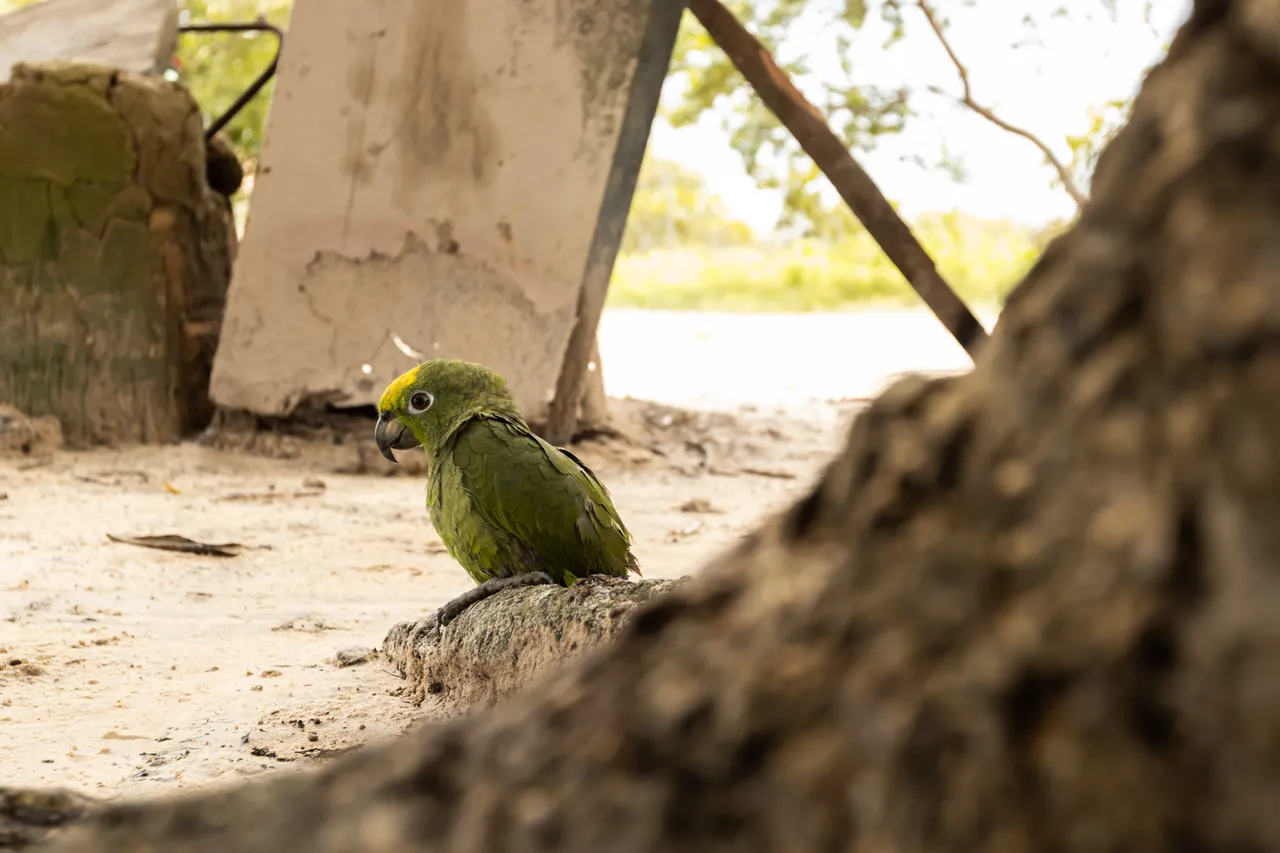


A bit of Brazilian culture
Un poco de cultura brasilera
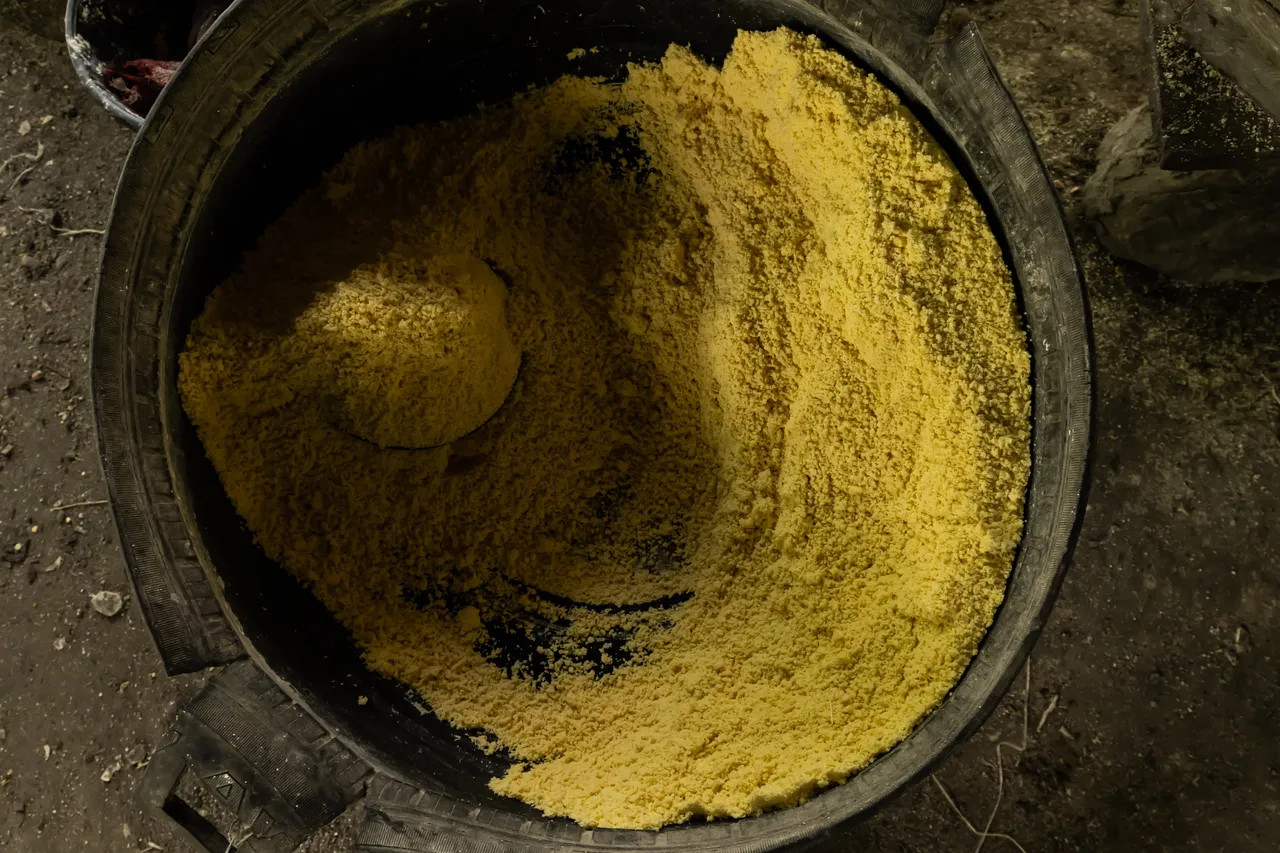
Cassava flour is a national passion. But for those who live in the Amazon, it is more than food: it is a symbol of cultural identity.
La harina de yuca es una pasión nacional. Pero para quienes viven en la Amazonía, es más que comida: es un símbolo de identidad cultural.
Cassava flour is one of the essential components of the diet of the Brazilian population, especially in the North and Northeast regions. From the cassava root (Manihot esculenta) are obtained: dry, aqueous and mixed flours; gum or starch; the tucupi; and tapioca flour. Cassava root processing is often carried out using traditional methods, inherited from indigenous peoples, who were the first cultivators of the species.
La harina de yuca es uno de los componentes esenciales de la dieta de la población brasileña, especialmente en las regiones Norte y Nordeste. De la raíz de yuca (Manihot esculenta) se obtienen: harinas secas, acuosas y mixtas; la goma o el almidón; el tucupí; y harina de tapioca. El procesamiento de la raíz de yuca a menudo se lleva a cabo utilizando métodos tradicionales, heredados de los pueblos indígenas, quienes fueron los primeros cultivadores de la especie.
Fuente: Agrofloresta - Produção artesanal de farinha de mandioca
The production is done by hand, on small family farms and without pesticides.
Fuente: Wikipedia - Fabricação de farinha de mandioca
La producción se realiza a mano, en pequeñas fincas familiares y sin pesticidas.
Fuente: Wikipedia - Fabricação de farinha de mandioca

